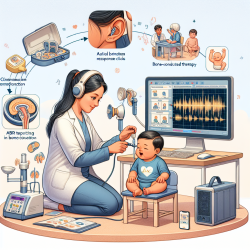Introduction
Childhood obesity is a growing concern worldwide, with significant implications for both physical and mental health. According to the World Health Organization, nearly one in five children and adolescents aged 5–19 were affected by overweight or obesity in 2016. Addressing this issue requires a comprehensive approach, and recent research has shed light on effective interventions that practitioners can implement to improve outcomes for children.
Understanding the Research
The study titled Characterizing Obesity Interventions and Treatment for Children and Youths During 1991–2018 provides a comprehensive analysis of 20,925 publications related to interventions and treatments for childhood obesity. This research highlights the increasing number of papers focused on multilevel interventions, such as family-based, school-based, and community-based approaches.
Key Findings and Implications
The study found a significant increase in publications related to school and community-based interventions over the years. This trend underscores the importance of creating supportive environments that promote healthy behaviors among children. Practitioners can leverage these insights to design interventions that engage families, schools, and communities in promoting healthier lifestyles.
- Family-Based Interventions: Involving families in the intervention process can enhance the effectiveness of obesity treatment. Practitioners can encourage parents to model healthy behaviors and create a supportive home environment.
- School-Based Programs: Schools play a crucial role in shaping children's health behaviors. Implementing programs that promote physical activity and nutrition education can significantly impact children's health outcomes.
- Community Engagement: Community-based interventions can address broader social determinants of health. Practitioners can collaborate with local organizations to create supportive environments that encourage healthy living.
Encouraging Further Research
While the study provides valuable insights, it also highlights the need for further research, particularly in low and middle-income countries where the prevalence of childhood obesity is rising rapidly. Practitioners are encouraged to engage in research collaborations to develop context-specific interventions that address the unique challenges faced by these communities.
Conclusion
By implementing the findings from this research, practitioners can enhance their skills and improve outcomes for children struggling with obesity. The shift towards multifaceted interventions that involve families, schools, and communities offers a promising path forward. As we continue to build on this knowledge, it is crucial to support further research and collaboration to combat the global epidemic of childhood obesity.
To read the original research paper, please follow this link: Characterizing Obesity Interventions and Treatment for Children and Youths During 1991–2018.










